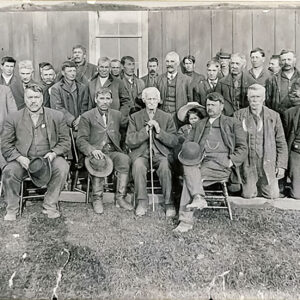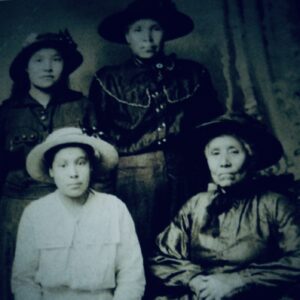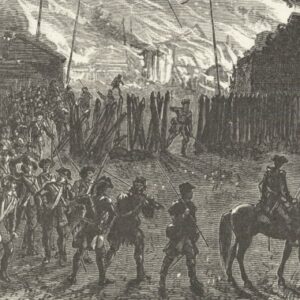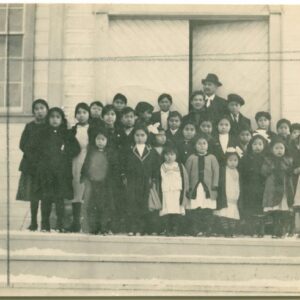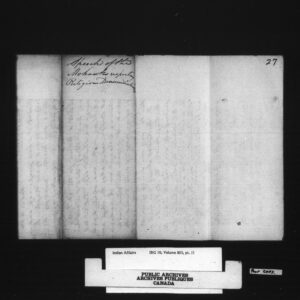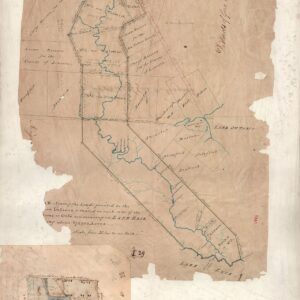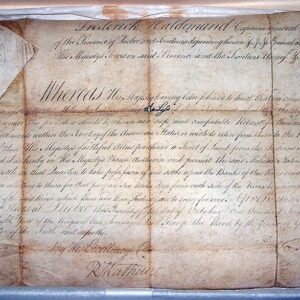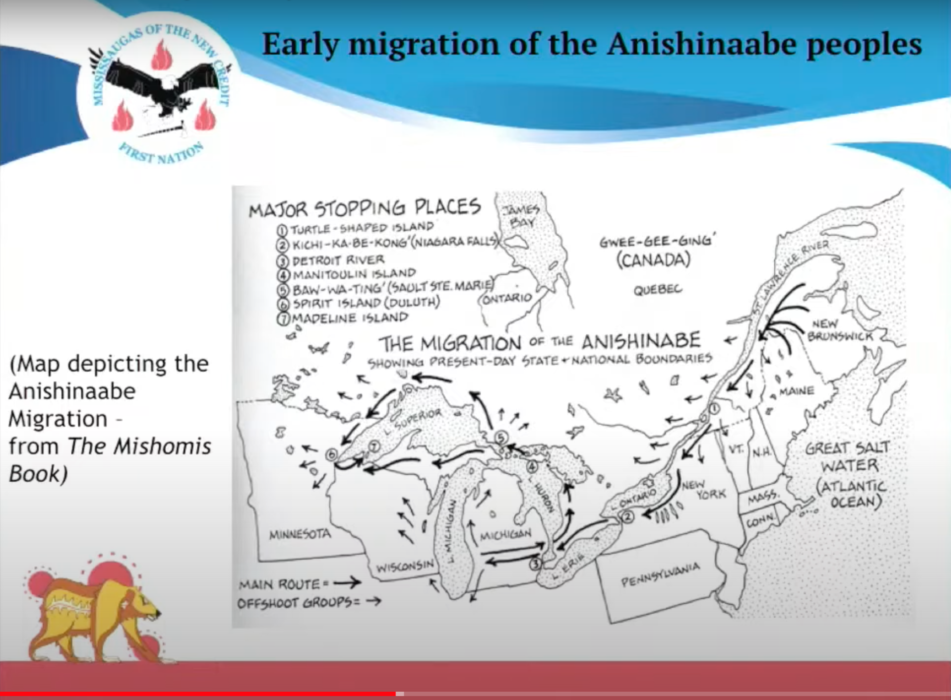
The Mississaugas of the Credit First Nation have moved around a lot throughout Ontario over the centuries.
And learning about their journey from the Credit River near the present-day City of Mississauga to their current location adjacent to the Six Nations of the Grand River reserve lands along Hwy. 6 was how the annual three-day historical gathering closed out at the Mississaugas of the Credit First Nation community centre last Thursday.
The move happened in 1847.
The story of the move revolves around a few people who helped initiate the move and negotiate a settlement for the nation, notably, Rev. Peter Jones.
Jones was born in 1802. Not only was he a Methodist Reverend, but he was also a Mississauga chief.
The Mississaugas had already signed a few treaties by his birth and before their move to their current location, including the Toronto Purchase and the Between the Lakes Treaty.
“We entered those treaties expecting to share the land with the settlers,” said Darin Wybenga, traditional knowledge and land use coordinator at the MCFN Department of Consultation and Accommodation.
He said they knew setters would build roads and farms but, “we fully expected to live our traditional, seasonal, migrant lifestyle.”
By1805, that wasn’t happening for the Mississaugas.
“They’re (settlers) chopping up the forest, they’re plowing down the fields, they’re establishing their farms, building fences, and they’re disrupting our traditional way of life.”
Settlers threaten to shoot them and run them off their campsites.
In the early 1800s, their population had dropped to only 300 people.
Settler interference made it difficult for them to continue their economy and subsequently feed themselves.
Factor in disease, and their population severely dwindled.
“The treaty-making period is not very kind to us,” said Wybenga.
By 1818, they were down to about 200 band members.
“We thought we were on the verge of extinction.”
Peter Jones, at this time, was learning a settler education. He learned how to be a bricklayer and became a fully-ordained minister in 1823.
Jones thought that converting his people to Christianity and giving them a settler education would help save them from extinction.
Wybenga said Jones figured if they could become an agricultural people, that might be able to save them from further decline.
By 1825 he’s got most of the Mississaugas to convert to Methodism.
With the help of the government, he founded a Christian mission village on the banks of the Credit River.
Moving into the village represents a change of life, Wybenga noted.
Their migrant lifestyle was gone and they became a Christian village.
In the span of one year, by 1827, they went from being impoverished and sickly to being well-dressed and able to read and write English.
By 1844, their settlement has two sawmills and a dam to run them.
They’re the major shareholders in the credit river harbour company. They’re successful at farming. They have 900 acres of oats and wheat and are raising beef and pork livestock.
They even have a hospital, school and chapel.
“We completely transformed our lives,” said Wybenga.
But there were a few things happening that required them to move.
The wood was used up, they were worried about the negative influence of settlers and they needed a larger tract of land for farming.
Underneath all of that, they could not get title to their lands.
In 1845, the Anishinaabemowin of the Bruce Peninsula offers them land near Owen Sound.
“We thought it was a good solution.”
When surveyors went to inspect the land, they found it impossibly suited to agriculture.
However, they had already put their land near the Credit River up for sale.
It was scheduled for sale, by the government, on Apr. 27, 1847.
They were about to become homeless.
“Peter Jones learns that the chiefs of Six Nations have heard of our plight and met in council to decide if they can do something for us. What they decide is to offer land on their tract.”
Jones and Joseph Sawyer came to Six Nations in April 1847 to meet with Six Nations and found goodwill among the chiefs and council.
Wybenga said Six Nations remembers the favour the Mississaugas did for them by allowing the Six Nations to settle along the Grand River after losing their homelands during the American War of Independence.
The Between the Lakes Treaty enabled the British Crown to grant almost a million acres to Six Nations, he said.
“The Six Nations remembered what we had done for them when they were homeless and now they wanted to return the favour.”
Sawyer and Jones took them up on the offer and in May 1847, the deal is struck. The Mississaugas are allowed to occupy 4800 acres in Tuscarora Township and another 1,200 acres is added in Oneida Township in 1848.
When they came to their present-day location they were known as the Mississaugas of the “New” Credit, but the nation reverted back to its legal name and dropped the word “new” from their name, logo and documentation in 2018.





